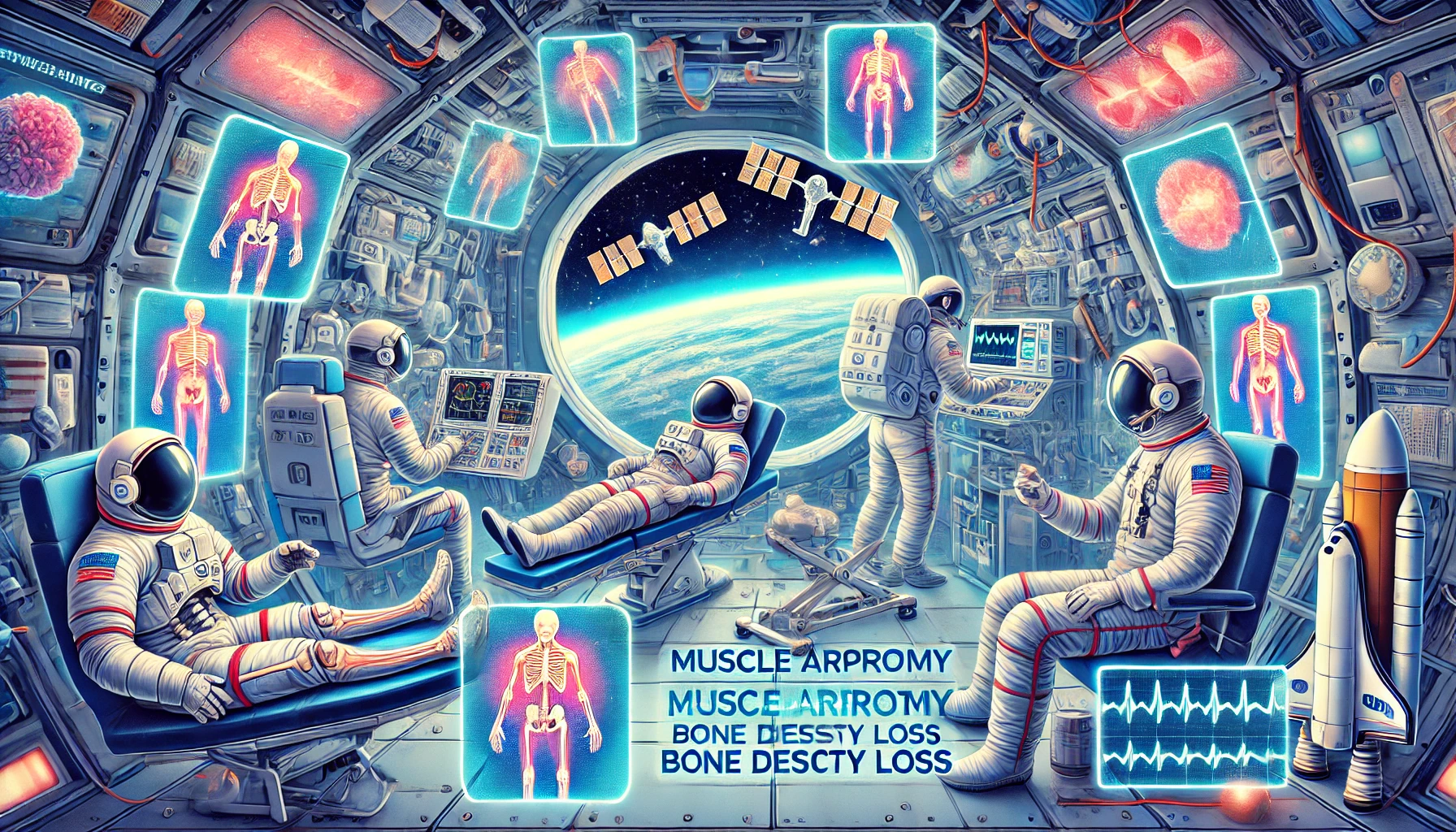What Are the Health Hazards in Space?
Article Source: Exploring Health Risks in Space Missions

Space exploration is essential for scientific progress, but it comes with risks to astronaut health. Understanding these hazards is crucial for future missions to Mars, the Moon, and beyond. Identifying and mitigating these dangers ensures the safety of explorers and the success of humanity's quest to expand beyond Earth.
Answering the question… What are the health hazards in space?
Space exposes astronauts to microgravity, radiation, and isolation, leading to challenges such as muscle and bone loss, increased cancer risk, and psychological stress. For instance, microgravity can cause astronauts to lose up to 1% of bone mass per month, and cosmic radiation exposure raises cancer risks by 3-5% over a long-duration mission.
How was the study done?
The research combined data from astronaut health records, laboratory experiments simulating space conditions, and real-time monitoring of astronauts aboard the International Space Station (ISS). Scientists analyzed the impact of prolonged space exposure on physical and mental health, drawing comparisons with Earth-based controls.
What was discovered?
- Muscle and Bone Loss: Microgravity causes significant muscle atrophy and bone density reduction, with up to 20% loss in some astronauts after six months in orbit.
- Radiation Risks: Space radiation exposure is 50-100 times higher than on Earth, increasing cancer and cardiovascular disease risks.
- Cardiovascular Changes: Fluid shifts in the body can lead to increased intracranial pressure and vision impairment, a condition known as Spaceflight-Associated Neuro-ocular Syndrome (SANS).
- Immune System Weakening: Studies found that 40% of astronauts reported reactivation of latent viruses like herpes.
- Psychological Challenges: Isolation, confinement, and stress lead to anxiety, depression, and sleep disturbances, reported by 70% of long-term mission participants.
- Injury Risks: Spacecraft motion and limited medical resources amplify the consequences of accidents during missions.
Why does it matter?
These health hazards must be mitigated for safe, long-duration missions to Mars and beyond. Innovations like advanced exercise regimens, radiation shielding, and AI-driven medical support systems are being developed. Addressing these risks ensures that astronauts can thrive in space, bringing humanity closer to interplanetary exploration.
